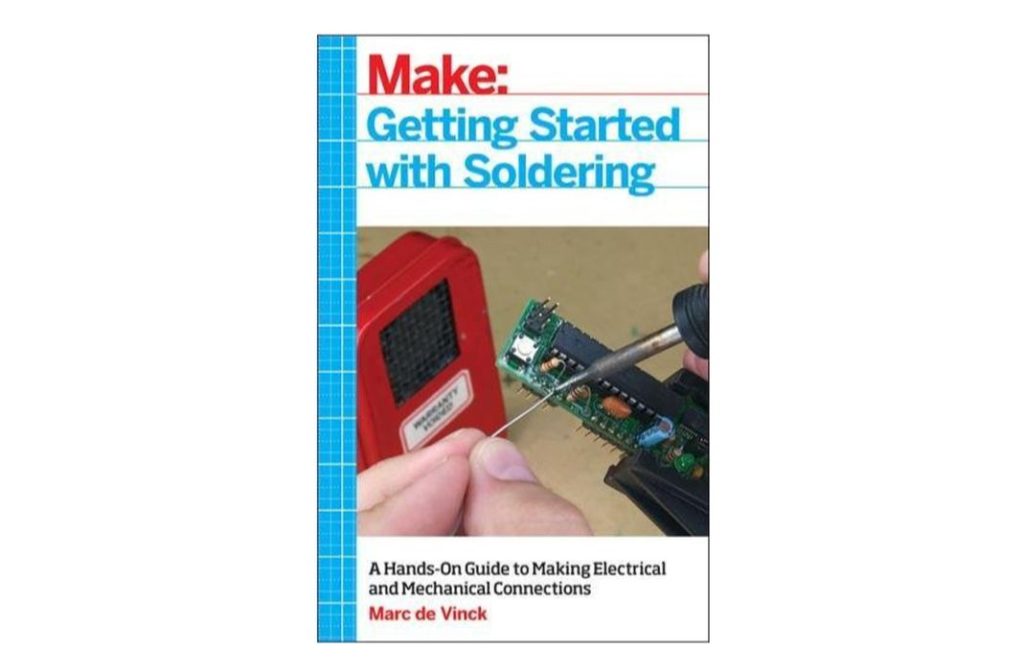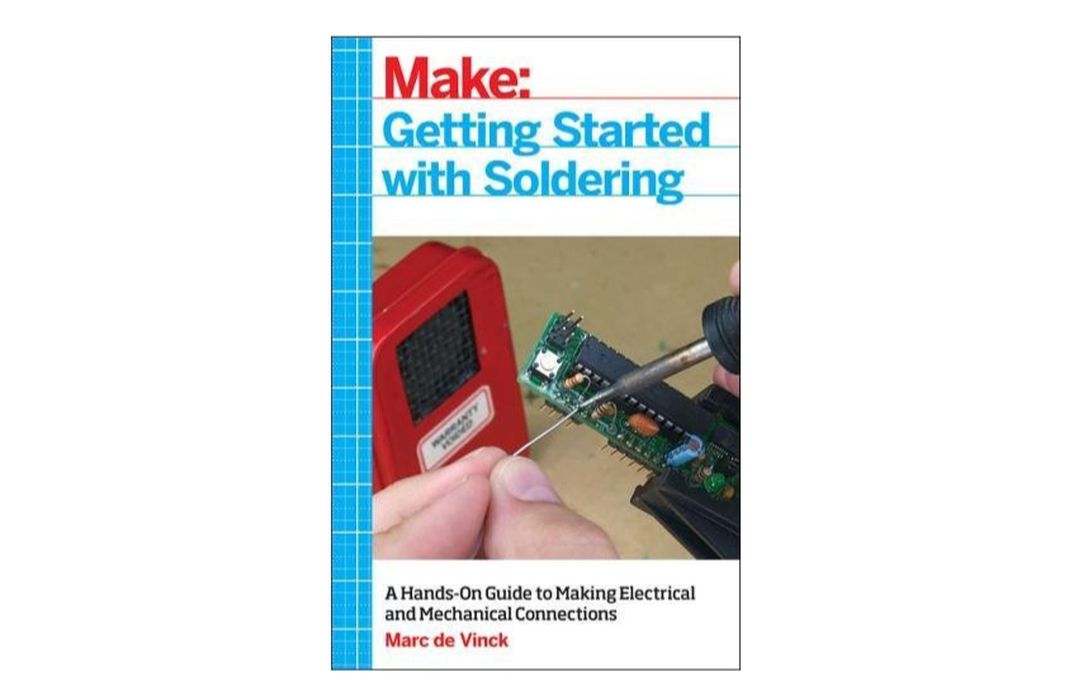
This week’s selection is “Getting Started with Soldering” by Marc de Vinck.
Soldering: a word that strikes terror into the hearts of less-technical 3D printers operators. But should it? Is soldering that difficult to master?
First, let’s think about when soldering is required in the world of 3D printing.
In the very early days of desktop 3D printing, virtually all products were kits, and most of them required major assembly efforts, often requiring soldering of various components.
In those, as is the case today, there are many people who might take up a wrench, but would steer clear of soldering because of lack of equipment, knowledge & experience, as well as safety concerns. This ensured the market for those early desktop 3D printers was much smaller than it could have been.
Fortunately, those days are mostly gone. Sure, you can still buy labor-intensive 3D printer kits if you look hard enough, but most of today’s kits are simple affairs where the machine is basically pre-assembled, but split into two parts for shipment. Assembly then is a few bolts and hooking up some cabling.
Does this mean you’ll never need to solder when using a desktop 3D printer?
Maybe, but there are still many possibilities where you can be drawn into that need. The most obvious is repairs, where perhaps globs of molten plastic have somehow ripped the heater wires off your hot end. Your choices are to replace the hot end, or learn how to solder it back together.
That’s where this book comes in. It’s an introduction to the science of soldering.
You require zero knowledge on the topic to use this book; it begins with an explanation of what soldering is and isn’t. It explains the different tools required to get soldering, and the different types of solder available.
There’s a considerable description of the techniques you should undertake when soldering, and even how you should maintain your equipment and materials.
de Vinck includes a section on troubleshooting, where you will inevitably land after your initial attempts at soldering. There is also a section on how to solder common electronic components, something that might actually be required for broken 3D printers.
If you want to get a leg up on maintaining your desktop 3D printer, or would like some additional confidence when putting parts together, this book could be a good place to start.
We’re an Amazon Associate and earn a small fee from qualifying purchases. Help support our 3D print news service by checking out this book!
Via Amazon

